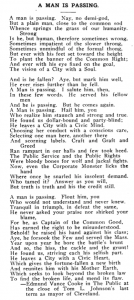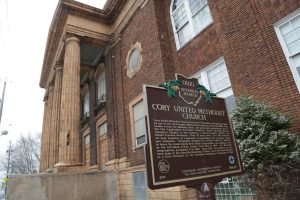
Take a tour of Cleveland’s new African American Civil Rights Trail, from Carl Stokes to the Ludlow Community Association by Susan Glaser Feb 3, 2023

www.teachingcleveland.org

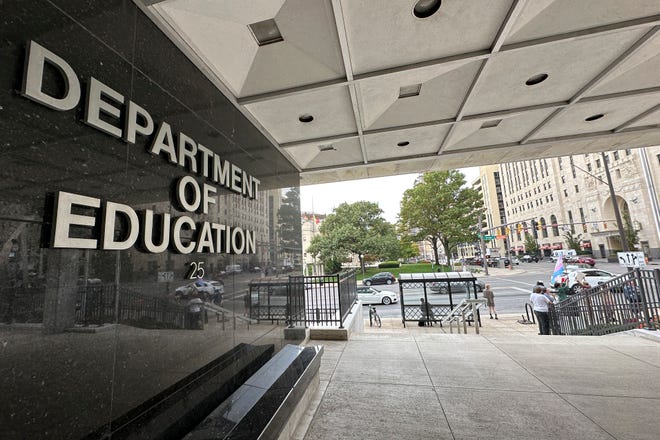
William L. Phillis is a former teacher, principal, superintendent, and assistant superintendent of public instruction. He is currently the executive director of the Ohio Coalition for Equity and Adequacy of School Funding.
Leaders of the Ohio Senate seem to be inebriated with power.
With a super majority, they do what they want. They are in a position with a super majority in both chambers of the legislature, to overpower the Governor’s office if they wish.
Senate Bill 178 would neuter the State Board of Education by transferring most of the duties of the State Board of Education to the Governor’s office. The move is counter to Article VI, Section 4 of the Ohio Constitution.
In 1953 Ohioans, with a constitutional amendment, removed the state education agency from the governor’s office by establishing an independent state board of education.
A history lesson — which some state officials would ignore — is in order.
Ohio did not have a state school officer until 1837, when the legislature enacted the office of superintendent of common schools and employed Samuel Lewis as superintendent. After three years, Lewis resigned, and the legislature repealed the law which established the position.
This guest column is available free: Support the exchange of local and state ideas by subscribing to the Columbus Dispatch.
The Ohio Constitutional Convention of 1850-1851 called for the common school system.
Delegates debated, but ultimately rejecting the idea of establishing in the constitution a state officer for education.
In 1853 however the legislature enacted legislation providing for a state commissioner of common schools to be elected on a three-year cycle. During the constitutional convention of 1912, delegates crafted language to replace the state commissioner of common schools with a superintendent of public instruction.
Ohioans approved the amendment, and the legislature attached the position to the governor’s office.
In 1953, Ohioans passed a constitutional amendment as follows:
There shall be a state board of education which shall be selected in such manner and for such terms as shall be provided by law. There shall be a superintendent of public instruction, who shall be appointed by the state board of education. The respective powers and duties of the board and of the superintendent shall be prescribed by law.(Article VI, Section 4)
Ohioans removed the superintendent of public instruction and thus the state education agency from the governor’s office.
In the 1990’s Governor Voinovich requested the legislature to allow the governor to appoint State Board of Education members as a means to gain control of the state education agency.
The legislature gave Voinovich the authorization to appoint eight members in addition to the eleven elected members. This action paved the way for a dysfunctional environment that continues to this day.
State officials should restore the state board to an all-elected body to regain the credibility and the respect the state board had from 1956 to the Voinovich era.
The people of Ohio passed the 1953 amendment to make the state board of education a fourth branch of government.
Senate Bill 178 would thwart the will of Ohioans. But that does not matter to some current state political leadership.
The redistricting fiasco is another proof that the will of the people is of no concern to some current state officials.
Senate Bill 178 should be ditched.
William L. Phillis is a former teacher, principal, superintendent, and assistant superintendent of public instruction. He is currently the executive director of the Ohio Coalition for Equity and Adequacy of School Funding.
Steven H. Steinglass is dean emeritus at the Cleveland State University College of Law
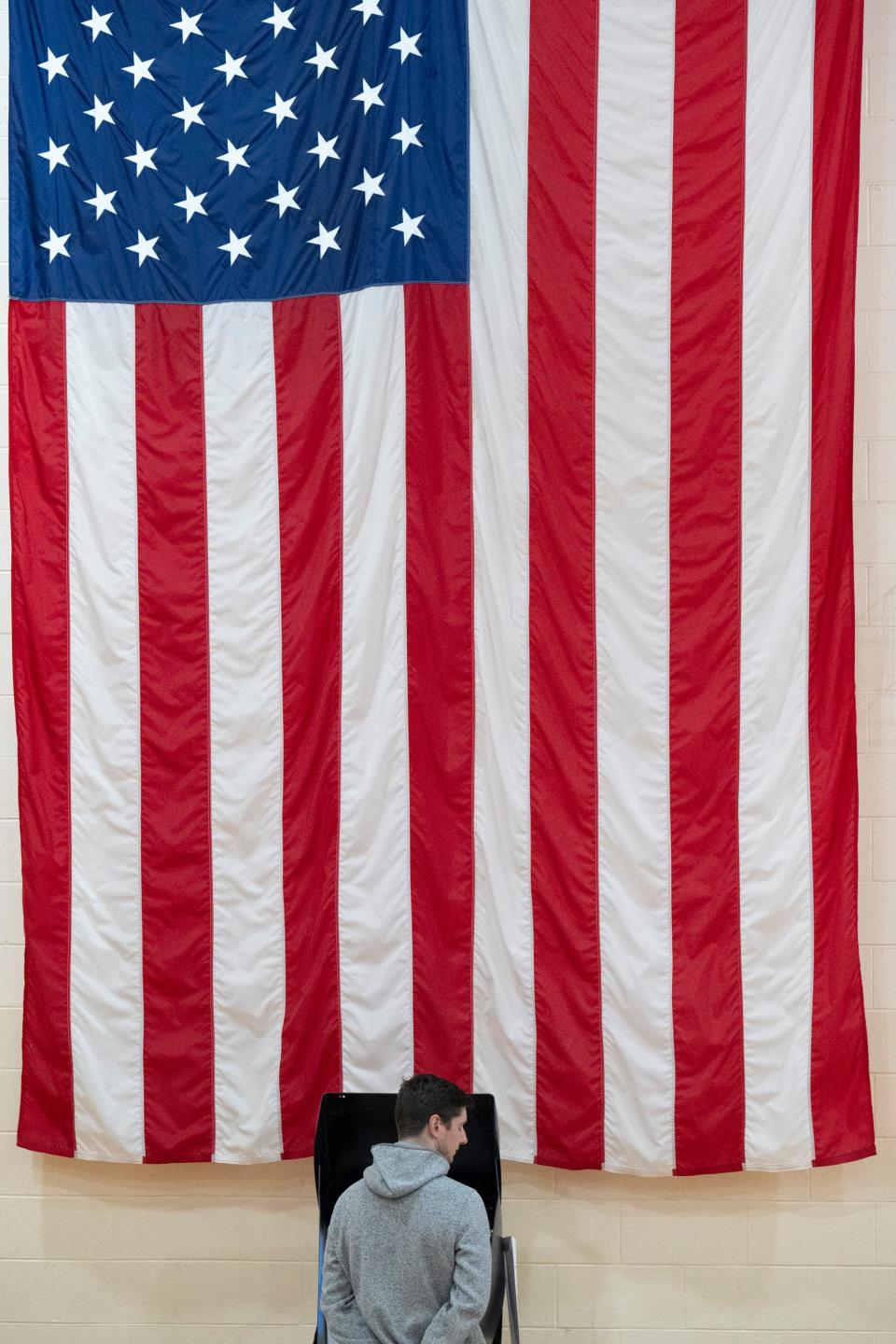
One hundred ten years ago, 119 delegates met in Columbus for the state’s most important 20th century political event—the 1912 Ohio Constitutional Convention.
A broad array of interests supported the convention to overcome an unresponsive General Assembly. They included the Direct Legislation League, organized labor, municipal home rule supporters, the Ohio State Board of Commerce, liquor interests and the Ohio Woman Suffrage Association.
To avoid a repeat of 1874, when voters rejected a new constitution, the 1912 Convention proposed 42 amendments; voters approved 34 of them.
The most important of the approved amendments involved direct democracy, which includes the constitutional initiative, the statutory initiative, and the referendum.
Ohio’s constitutional initiative permits filing a petition with valid signatures equaling at least 10 percent of the votes cast in the last gubernatorial election. A proposed amendment then is placed on the fall general election ballot. A majority vote puts it in our constitution.
Ohio and all but two of the 18 states with the constitutional initiative require only a simple majority vote to approve amendments, although three states have very limited supermajority requirements for tax increases, amendments to the legislative article, and proposals to increase the vote to approve amendments.
This guest column is available free: Support the exchange of local and state ideas by subscribing to the Columbus Dispatch.
From 1851 to 1912, Ohio had a supermajority requirement for amendments proposed by the General Assembly. Such amendments, unlike those proposed by conventions, needed a majority of the total votes cast at the election. This policy was a disaster, and 19 of the 26 amendments proposed by the General Assembly but rejected by the voters received more yeas than nays.
The 1912 Convention reformed the process by proposing not only the constitutional initiative but also the elimination of the supermajority requirement; and the voters approved these changes.
Ohio voters have been selective in deciding which amendments to approve. Since 1912 they have approved only 19 of 71 amendments proposed by citizens (27 percent) while approving 108 of 156 proposed by the General Assembly (69 percent).
Secretary of State Frank LaRose now proposes abandoning Ohio’s 110-year tradition of respecting simple majority rule.
His proposal, House Joint Resolution 6, requires amendments proposed by citizen petitions to obtain a 60 percent supermajority vote.
The LaRose proposal would cause the 1912 delegates to turn in their graves. The very purpose of the direct democracy amendment was to allow Ohio’s citizens to bypass an unresponsive and often unrepresentative General Assembly.
LaRose notes that the General Assembly must achieve a three-fifths vote to place a proposed amendment on the ballot.
He then suggests that his proposal somehow levels the playing field. But the 60 percent requirement adopted in 1851 sought to limit the power of the General Assembly, whose abuse of power under our first Constitution contributed to the need for the state’s 1850-51 Convention.
Without evidence, he also argues incorrectly that the initiative is responsible for the length of Ohio’s almost 60,000-word constitution.
Even more bizarrely, he claims out-of-state interests are responsible for abuse of the initiative, and that a 60 percent requirement will encourage amendment proponents to be less partisan and to make alliances.
To add a non-partisan gloss to his proposal, LaRose claims that nine red and blue states have supermajority requirements for citizen-proposed constitutional amendments.
This is misleading. Indeed, even a cursory review of the policies in the states that he identified shows that only Florida actually has a supermajority requirement for all constitutional amendments proposed by initiative.
LaRose and his allies are moving quickly without respect for 110 years of precedent and without the care that should precede any effort to amend Ohio’s foundation document.
Conscientious Ohioans should conclude that LaRose’s proposal is a rushed, poorly researched, and cynical attempt to undercut proposed amendments expected to appear on the ballot over the next two years––proposals to create an independent redistricting commission, raise the minimum wage, and protect the reproductive freedom and health of Ohio’s women.
Steven H. Steinglass is dean emeritus at the Cleveland State University College of Law, where he has taught, lectured, and written about the Ohio Constitution for more than three decades. From 2013 to 2017, he served as the Senior policy advisor for the Ohio Constitutional Modernization, and he is the co-author of “The Ohio State Constitution (Oxford University Press).”
This article originally appeared on The Columbus Dispatch: Opinion: What would be impact of House Joint Resolution 6?
Steven H. Steinglass is dean emeritus at the Cleveland State University College of Law, where he has taught, lectured, and written about the Ohio Constitution for more than three decades. From 2013 to 2017, he served as the Senior policy advisor for the Ohio Constitutional Modernization, and he is the co-author of “The Ohio State Constitution (Oxford University Press).”
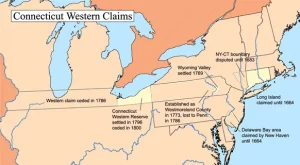
“When Cleveland Belonged to Connecticut”
from New England Historical Society
The City of Cleveland and nearly all of Northeastern Ohio once belonged to Connecticut. The land, 3.5 million acres of it, was called the Western Reserve.
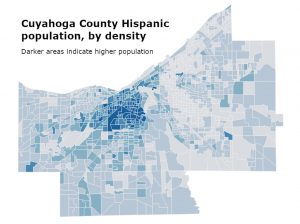

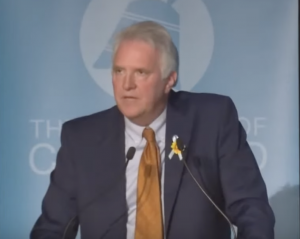
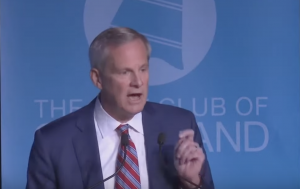
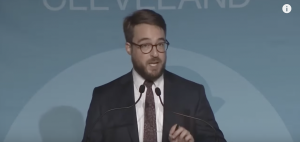
A bumpy road to regionalism
by Jay Miller, Crain’s Cleveland Business 9/19/22
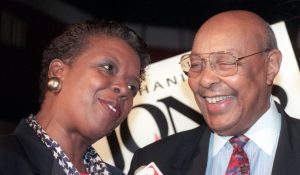
A man is passing: Ode to Tom L Johnson by Edmund Vance Cooke (1912)
